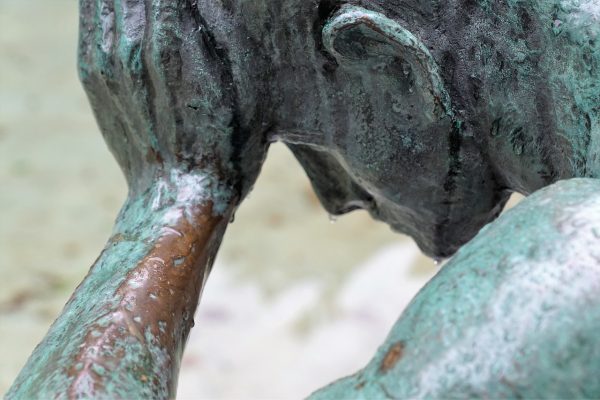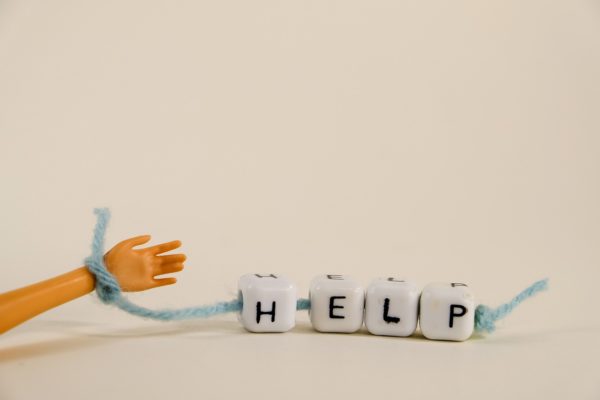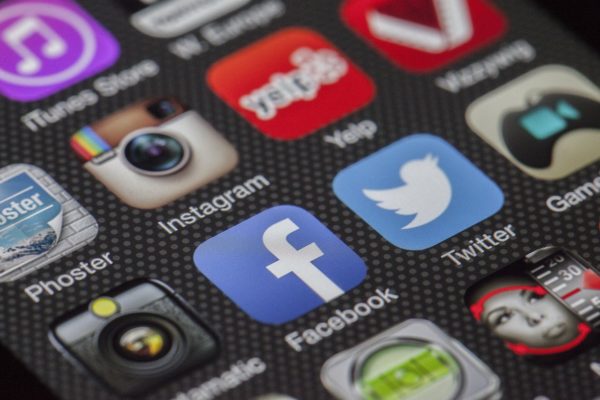Is the COVID-19 Relief Bill good for the economy?
Over the past year, the American people have been at the forefront of fighting a pandemic, economic crisis, and political instability. Such actions have depleted the American economy and our foreign interests. However, the American people have received a series of financial reliefs from the federal government to keep the economy afloat. Despite this, in 2020, the United States GDP was 2.5% lower than in 2019, according to bea.gov. Combined with an increasing unemployment rate, small businesses closing, and people losing their savings- such losses are detrimental to the livelihood of this nation and our stability. In March 2021, a 1.9 trillion dollar economic relief bill was passed in Congress. The bill consists of $1,400 stimulus checks, aid to schools, increased scientific research, and relief for small businesses; there are multiple pros and cons to such economic relief; let us look at them.
Pros
With over seventy-five percent of all Americans supporting COVID-19 economic relief, according to pewresearch.org, the bill passed Congress. Americans received their stimulus checks within days of the bill’s passage, which was an issue in other prior relief bills. The bill initiates increased consumer spending, especially online shopping, which forces corporations and small businesses to produce more goods and services. The demand for products, in turn, should increase employment, due to increased customer demand, and this will make the GDP grow. Another aspect is scientific research; more than 30 billion dollars was allocated to this effort, according to the New York Times. This will stabilize the pandemic, increase healthcare initiatives, expand treatment of various diseases, and increase the COVID-19 vaccine rollout. These efforts bring the United States closer to the everyday life we had before the pandemic. Our education systems have been at the forefront of scrutiny in 2020 and 2021. Students are not attending class, teachers struggling to cover important material, and administrators face tremendous pressure from superintendents, and parents, to increase learning efficiency. However, with recently increased funding from Washington D.C., our school systems are strengthened. Teachers will be able to distribute materials efficiently; students will learn more, increasing graduation rates, and build up our youth’s future.
Cons
Increased spending brings multiple issues. The United States national debt is at 28 Trillion dollars, which puts this nation’s financial livelihood at stake. To pay off the national debt, we would have to increase taxes and our incentives for consumer spending tremendously. However, there is little support for a tremendous tax increase from Republicans and some Democrats. To address the issue of our debt, we must look at inflation rates in the United States. Inflation has stagnated over the past year, yet it may increase tremendously in the forthcoming months. The Federal Reserve is responsible for printing billions of dollars weekly to maintain a specific rate of inflation. Nonetheless, the recent relief bill forces the Federal Reserve to increase printing tremendously, driving inflation rates. This is concerning because the ability to purchase with the U.S. Dollar is diminished. This may increase unemployment, cause low economic growth, and increase the national debt. Such cons to the 2021 COVID-19 Relief Bill are possible, yet not likely. Increased consumer spending tends to lower the national deficit, increase employment, and maintain inflation; despite increased government spending. However, the effects in the corporate debt world are visible. The more money the government prints, the better companies perform—nevertheless, corporate debt skyrockets with increased government spending. Currently, there are over 10 trillion dollars in Corporate debt, the highest it has ever been. This may increase corporate bailouts and even corporations failing. It is a concern for our economy and consumer spending; such events are not likely due to different financial tools that corporations use, yet possible.
Conclusion
While the global economy begins to stabilize, the United States has struggled to offer extensive financial support to its people. Nevertheless, there are signs that the economy is stabilizing. Businesses, tourist attractions, public accommodations are opening up. People are spending more every day, and the unemployment rate is decreasing. Inflation is stable, and the U.S. Dollar is still valuable, despite increased government spending. Life is slowly returning to pre-pandemic life, and restrictions are slowly lifted. All signs point to a thriving recovering economy that will last for years to come.











